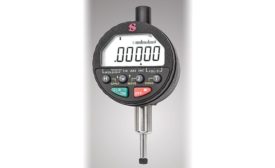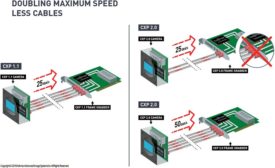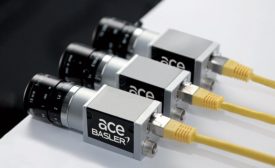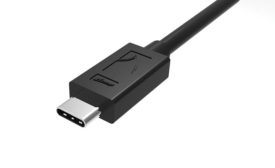Home » Keywords: » USB
Items Tagged with 'USB'
ARTICLES
USB Type-C for Machine Vision
The acceptance of Type C for industrial applications, such as machine vision cameras, has been accelerated.
December 1, 2018
Vision Interfaces 101
As resolution and frame rates increased over time, so have the requirements for camera interfaces.
September 1, 2016
Get our new eMagazine delivered to your inbox every month.
Stay in the know with Quality’s comprehensive coverage of the manufacturing and metrology industries.
SIGN UP TODAY!Copyright ©2024. All Rights Reserved BNP Media.
Design, CMS, Hosting & Web Development :: ePublishing




